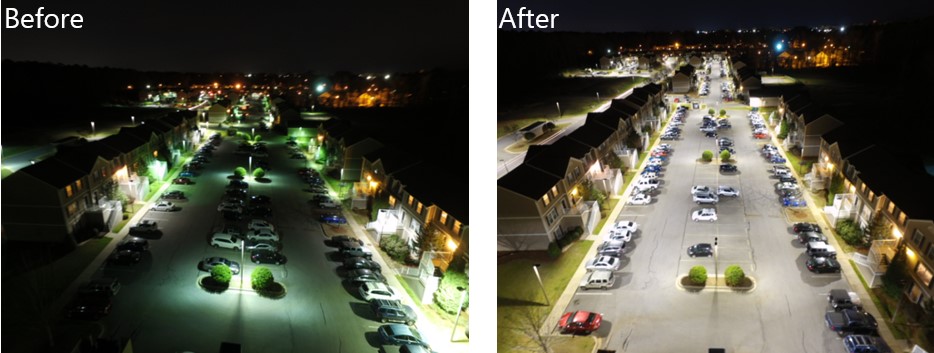
In September 2014, I spoke on a panel at Harvard Business School a day before the People’s Climate March in New York. My panel broke out into a shouting match that seemed to pit those who care about their personal finances against those who wanted to advance global action against climate change. The underlying tension seemed to be that these two positions were at odds with one another, but this is simply wrong.
Impact investing is the idea that a measurable positive social impact and a good financial return are not in conflict. In fact, I believe that they are very much aligned and support one another.
For many years, investors in real estate and the built environment seemed to believe that if you worked to be environmentally responsible, it would cost you money, somehow reducing your financial return. Property investors tend to think about investing in assets, but what if you invest capital within an asset to drive an increase in its value?
CapEx tends to be thought of as investing to preserve value, but there is another approach where investing within an asset creates value. For many years, value investors have missed an opportunity to create financial return by reducing energy costs.
But here’s the kicker: this reduction in energy-related operating costs also drives sustainability by reducing your environmental impact and improving sustainability metrics. And all without a price on carbon!
Before, sustainability was positioned as a cost with an esoteric return driving a qualitative return. But what if you flip this argument around investing in an asset to increase its value while improving sustainability metrics? This is impact investing.
If you invest $1 million into upgrading a building such that you reduce energy-related operating costs by $200,000, your project has a simple five-year payback. We typically would expect this cost savings to come from upgrades to lighting, HVAC and mechanical systems, controls, and building envelope, as well as the optimization of scheduling and the BMS. Now at a 6 percent cap rate (leaving the asset’s lease structure aside), these energy savings will create gross asset value of $3.33 million and net increase of $2.33 million. At the same time, the $200,000 reduction in energy costs must also have a positive impact by its reducing greenhouse gases and water consumption, creating a double bottom-line impact.
We have also had clients call us and ask how much would it take to get an EnergyStar rating. We explain that the way we think about it is that the cost is zero.
Nothing? How can that be?
As we find ways to invest in a building to reduce energy consumption and increase occupant satisfaction and improve the EnergyStar score, we inevitably also increase EBITDA and asset value through the reduction in energy related operating costs. The result? On a stabilized basis, a 75 or higher EnergyStar score and a higher asset value; hence, no incremental cost attributed to getting the EnergyStar score beyond what any good value investor would already do.
When done correctly, financial return and sustainability are not discrete, separate choices but rather byproducts of each other. They are interrelated decisions that support and catalyze one another, creating multiple opportunities to create value.
This double bottom-line approach is what I mean when I say companies should Operate in the Green®.
 This article is written by Brad Dockser, CEO, GreenGen, a global energy solutions provider based in Washington, DC that transforms the world’s built environment through innovation and solutions.
This article is written by Brad Dockser, CEO, GreenGen, a global energy solutions provider based in Washington, DC that transforms the world’s built environment through innovation and solutions.